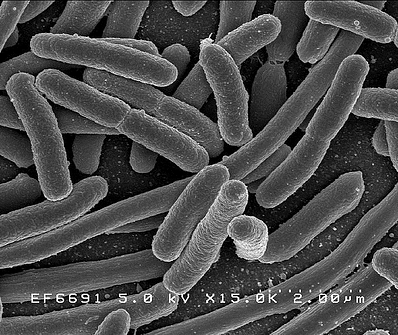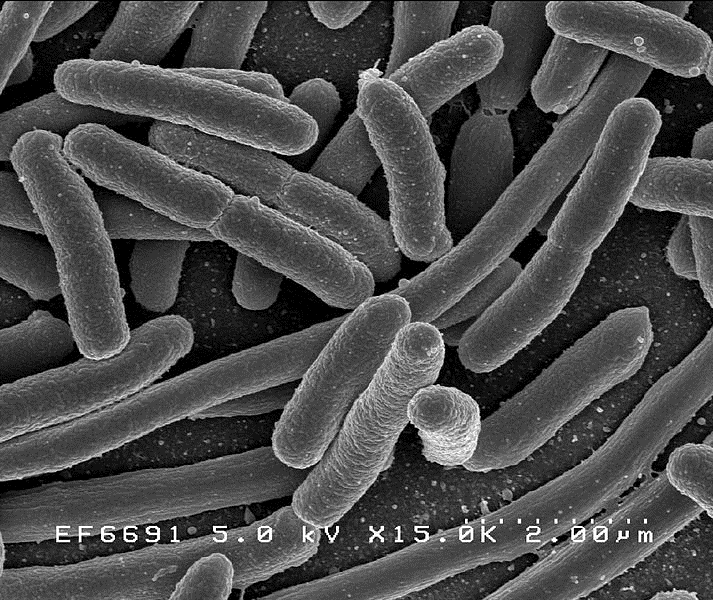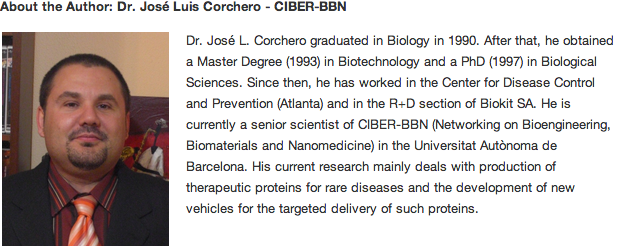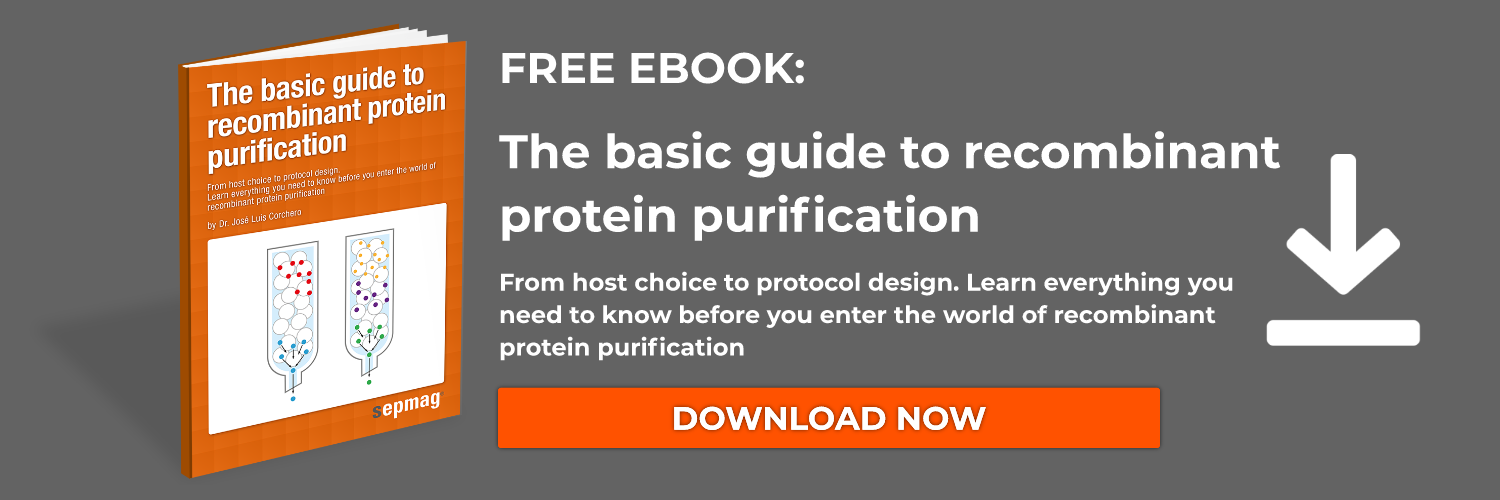As you can learn in our protein purification handbook, production techniques of recombinant proteins offer multiple options when it comes to available hosts; in other words, the organisms that incorporate the gene of the protein of interest and express it correctly.
Among all possible hosts, we have traditionally turned to bacterial cells for the production of recombinant proteins, especially Escherichia coli. This is due to the fact that it is probably the best-known organism. In addition, bacterial cells can easily grow and multiply, usually doing it in well-established and easily available culture media, involving less difficulties and a reduced cost.

However, when it comes to prokaryotic organisms, they are incapable of carrying out post-translational modifications, such as splicing, glycosylation or the formation of disulfide bonds. These modifications tend to be vital for most of the eukaryotic protein functions, meaning that prokaryotic organisms do not allow us to obtain a fully functional product.
This post is an excerpt from our protein purification handbook, which explains the basics of recombinant protein purification. Download The Basic Guide to Recombinant Protein Purification here:
When bacterial cells are not enough...
The limitations presented by prokaryotic cells force us to use more complex organisms, turning now to the eukaryotic territory. Yeasts are very useful in this sense, since they are simple enough to work with comfortably while being able to introduce the majority of post-translational modifications to the proteins. We must take into account that not all of these modifications are identical to the ones developed by human cells. For example, glycosylation is slightly different, and therefore it can produce an immunological response if the protein has therapeutic purposes.
Another host cells with sufficient advantages to be used extensively are the insect cells. For the production of recombinant proteins in insect cells, a recombinant baculovirus must be obtained, which will be used as a vector to introduce the recombinant gene into the host cells.
Finally, the most similar host organisms to humans are the mammalian cells. These cells involve more complex work, but their behavior is closer to that of the human cell (when it comes to the production of proteins and their post-translational modification). In certain cases, it is important to induce mutations in the protein to study its effects or to try to improve its functionality. Mammalian cells allow, once you have the recombinant plasmid that encodes for this mutant, the obtention of several mg of recombinant protein in a few days, by means of transient gene expression
What is the decision criterion?
We have here reviewed the host organisms most commonly used for the production of recombinant proteins. Although all of them offer advantages and disadvantages, the final decision about which organism to work with is always made based on the complexity and the application of the produced protein. In other words, while a simple protein or one not intended for therapeutic purposes could be produced in bacteria or yeasts, proteins that need to maintain their functionality should be synthesized in more complex cell hosts.
Did you find this post interesting? You can check this related post in order to learn more about protein purification:






